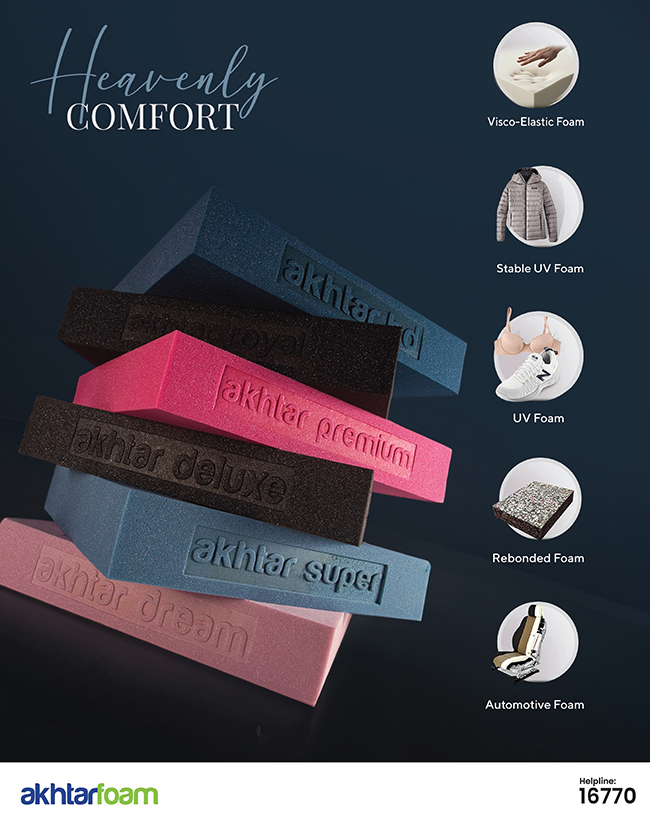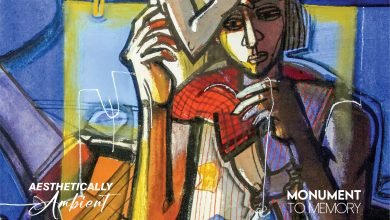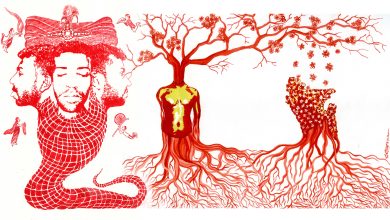The Communications Consultant and Artist, Dibarah Mahboob’s voyage into artistic mediums began through writing. However, as time does for many, it led her to the path that eventually found comfort through art. The International Relations graduate from Mount Holyoke College has lived the life of a traveller.
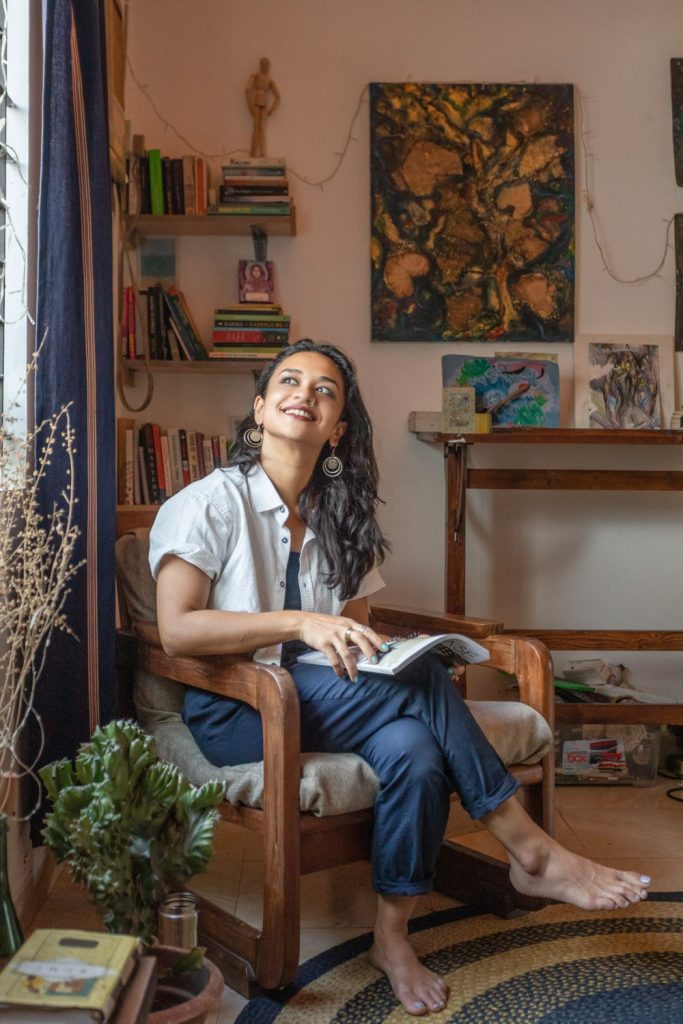
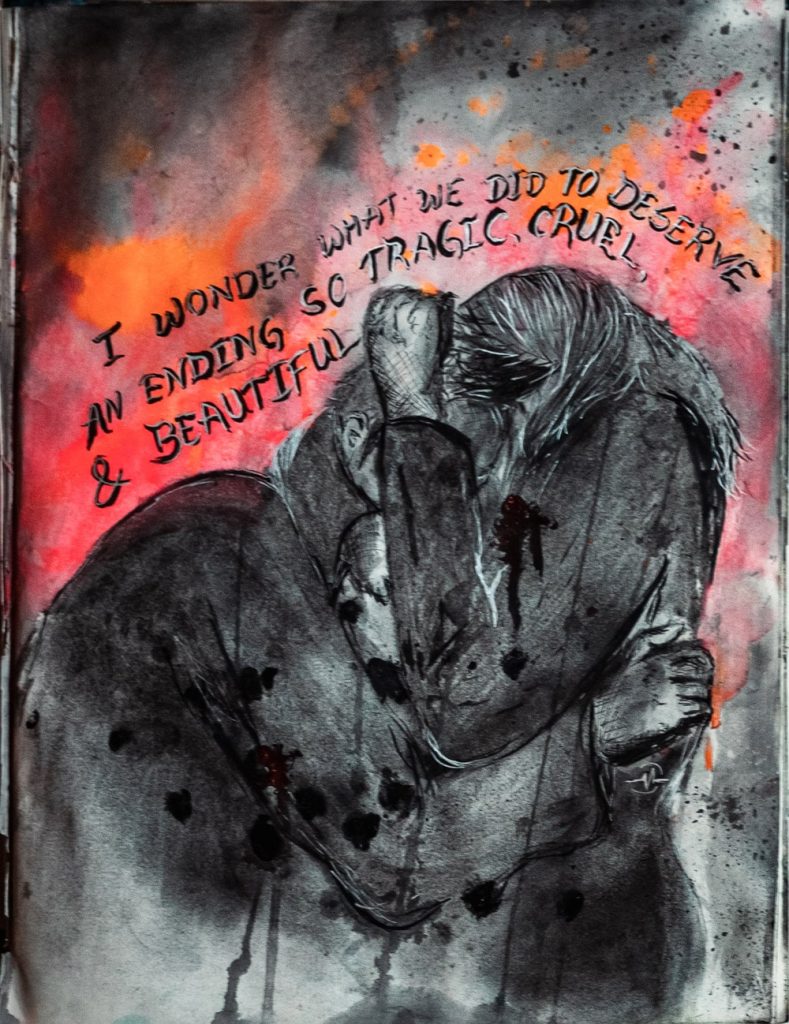
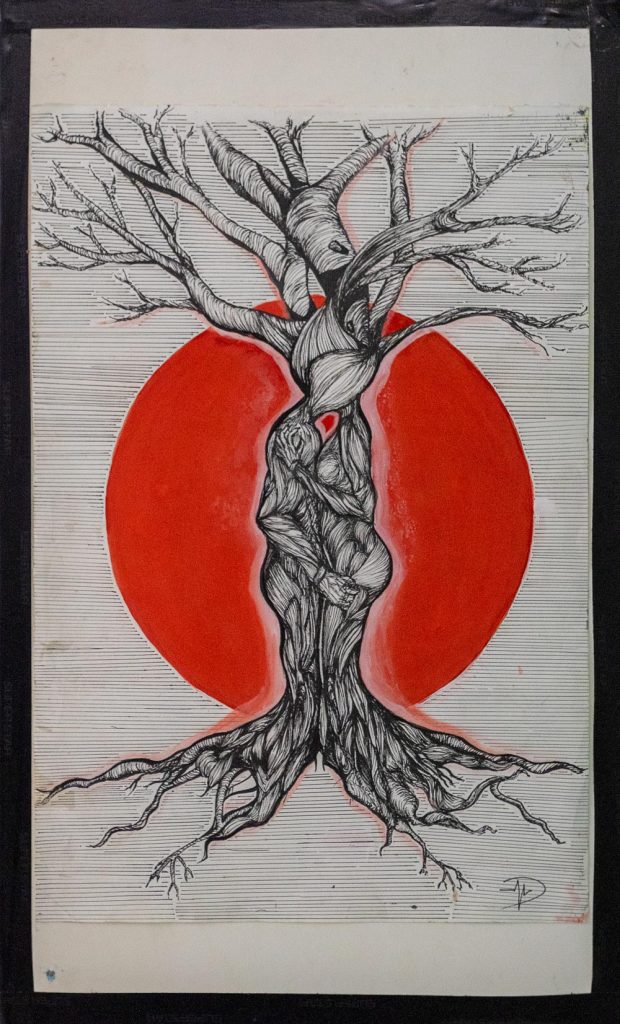
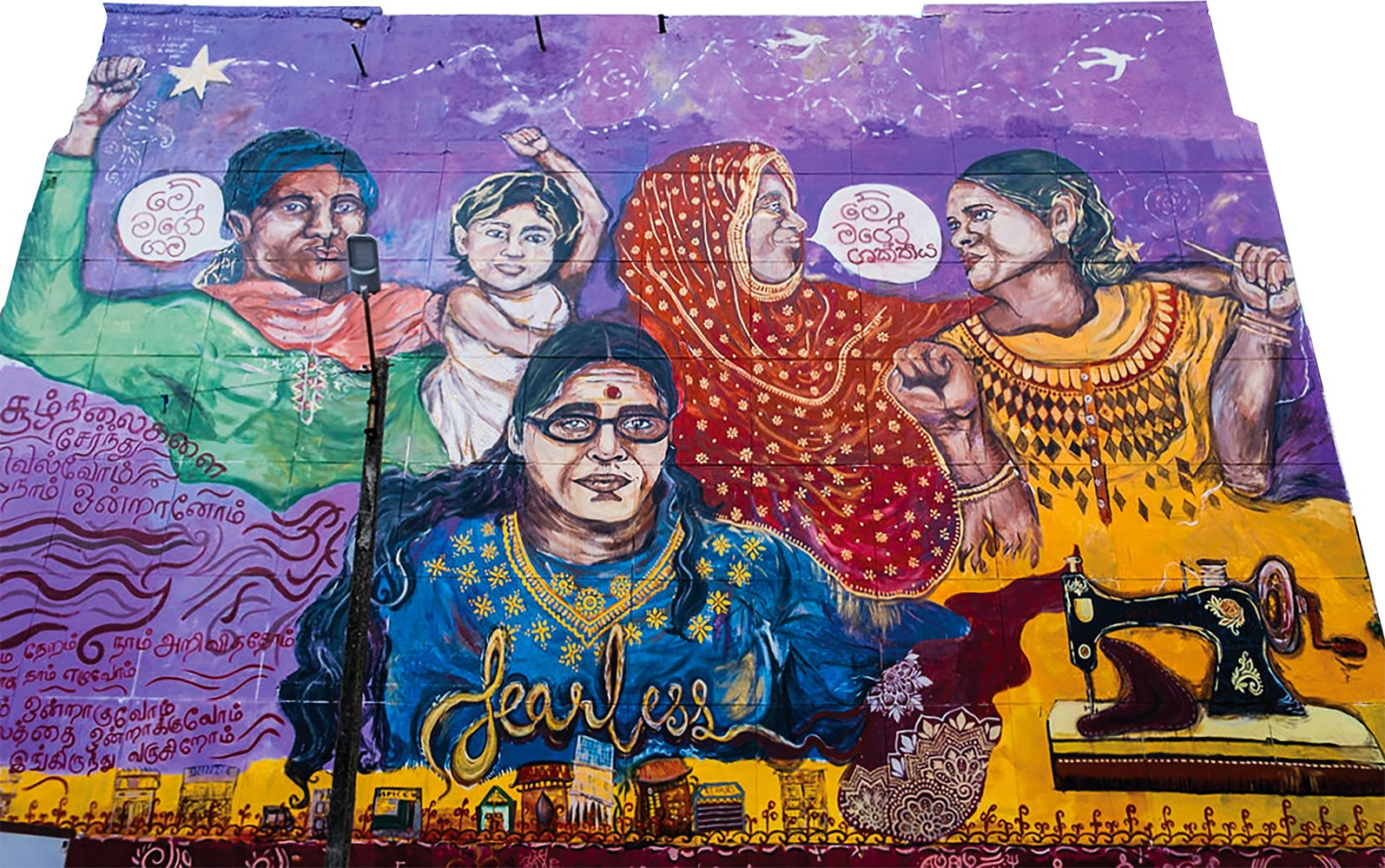
Explaining she is an amalgamation of all the places she has experienced, Dibarah Mahboob states, “I was born in Dhaka but I’ve lived in several places. Similarly, to how I have incorporated those places into my identity, Dhaka is also a part of me. I’ve grown up with my parents and grandparents and gradually my journey became an individual one. My most vivid memories are of Ekstaon, Bailey Road where my nanu used to live. As I grew older, I began incorporating these in my writing and art, that nostalgia.” The writer disclosed that she had not even considered her current reality to be a possibility. “I’ve never actually in my wildest imaginations thought I’d become an artist, let alone introduce myself as one. I’ve always been creative but the normal amount you’d expect from a child, singing and drawing. My major at university was completely different.” Whilst residing in New York post-graduation and undergoing a challenging period in her life, she found solace in art.
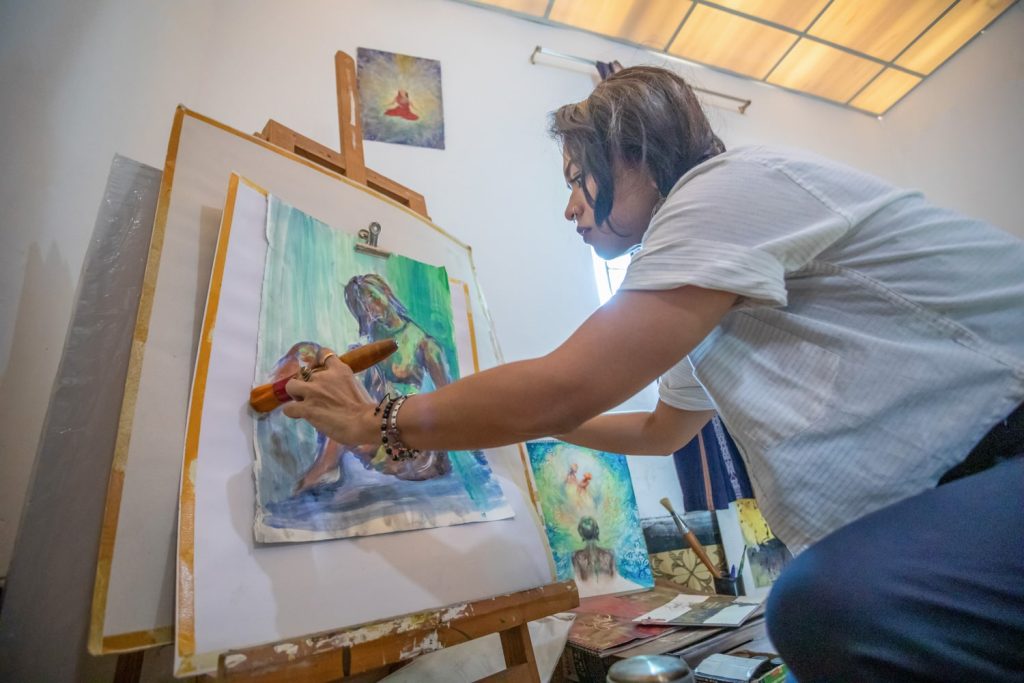
“Oddly enough it wasn’t art itself that attracted me, but art as a form of expression and communication which I was finding difficult to do through writing at the time. It began as a hobby and I just eventually became passionate.”
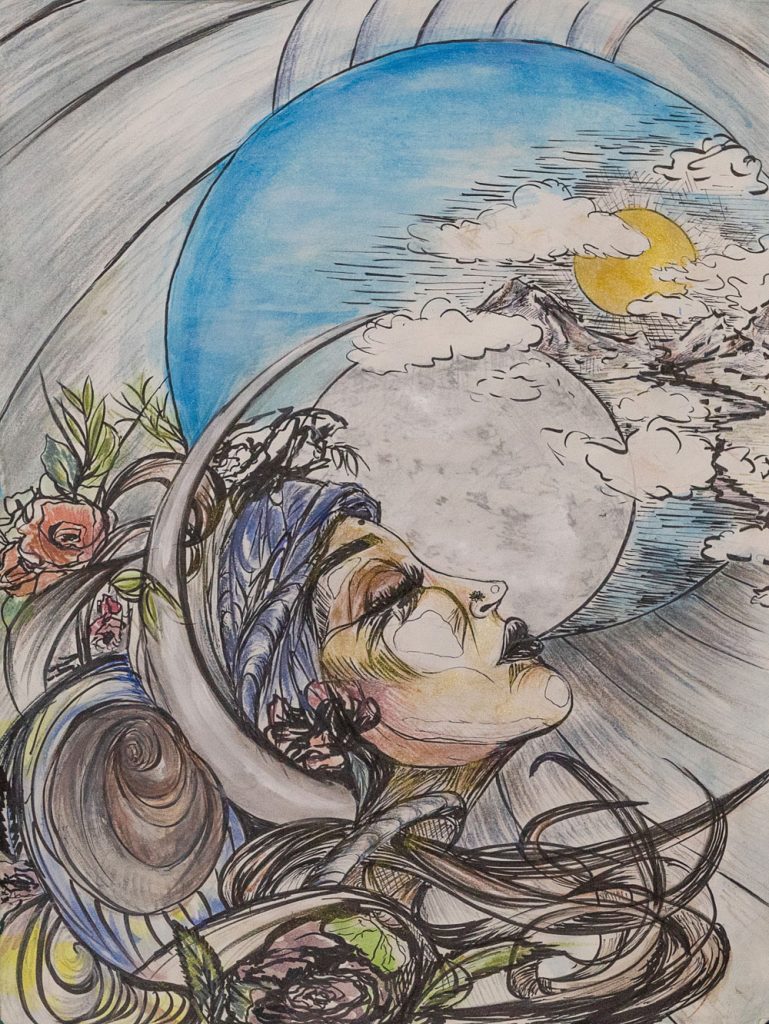
Mahboob spoke of Georgia O’Keeffe and Frida Kahlo, how their belief systems and their fight to have their voices heard amidst societal expectations is a prominent inspiration for her when she first began art. Having been brought up on feminist writers such as Jane Austen, she has always found herself drawn to strong complex female characters.
Touching upon the influences in her personal life that pushed her towards her passions, she notes her mother as her biggest supporter. Going forward, she speaks of the support system she found after returning to the country, “Another individual is a friend I made after returning to Dhaka, Shehzad Chowdhury. He is also an artist. Previously, my paintings were more of a dairy, Shehzad bhaiya pushed and encouraged me to move forward. I then met other artists such as Kazi Istela, Saria Saguaro, Nuzhat Tabassum, the community then became my rock. It is their community, their strength that lent me the courage to believe in myself.”
The artist explains that her process is intuitive, never pre-planning the outcome of the paintings.
An ardent believer that similar to journaling, messaging can be achieved through expression she allows the art to speak to her. “The symbols I use in my illustrations and portraits are symbols I have studied and researched. These keep reemerging subconsciously. It is actually after I have completed the painting that I am able to discern the message that I was attempting to convey. For me, it’s similar to the process behind instrumental music.”

Describing a series, the artist created with phosphorescent paint on the processes of grief, she speaks of the theory of grief, “Psychologist Elisabeth Kübler-Ross theorised, that grief processing has seven stages, and it is only after we cross those stages when we truly come to heal. These stages aren’t linear, they don’t follow timelines, they are scattered and we all go through them. Grief does not only come from death, it comes from the death of anything significant in our lives. We feel shame in openly discussing these things, with our friends, to society. While creating this series, researching and executing it, I was able to process my own grief.”

